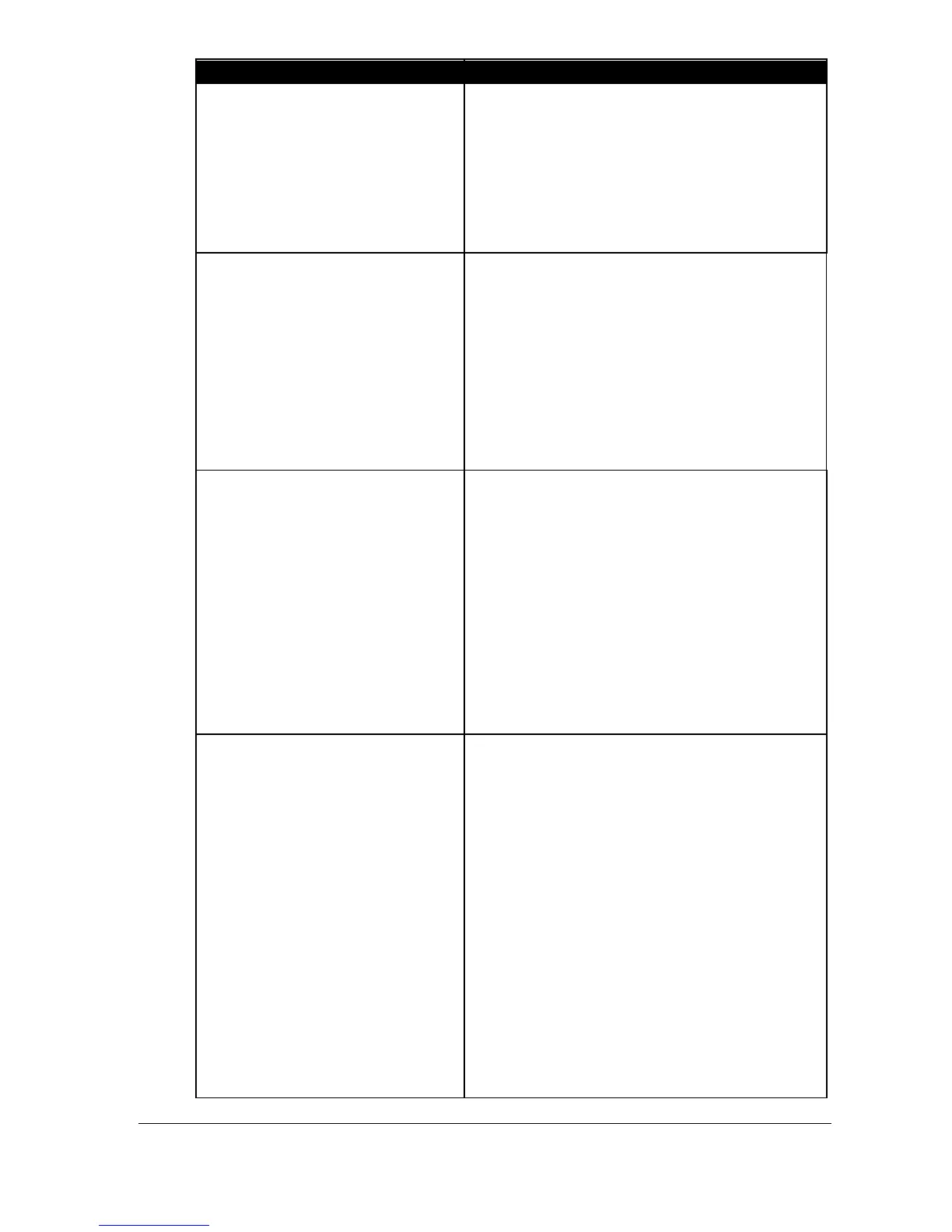All pumps are used to assist each other
(run at the same time). Each pump has
its own setpoints, (P213, 223, 233 &
P214, 224, 234) but each time all pumps
have stopped, then the setpoints are
sequentially rotated between the pumps
to ensure equal pump use.
If a pump fails to meet the demand (due
to malfunction, intake blockage etc.),
then it is stopped and another pump shall
take over. Each pump has its own
setpoints, (P213, 223, 233 & P214, 224,
234) but each time all pumps have
stopped, then the setpoints are
sequentially rotated between the pumps
to ensure equal pump use.
5= Duty backup and assist
First pump comes on, if it cannot cope,
it goes off and next pump comes on
(duty backup). This continues until the
last pump comes on and if it cannot cope
the first pump comes back on to assist
the last pump (duty assist) if the level
continues to rise all other pumps will
come on (assist) in turn until the level
decreases to the pump off points. Each
pump has its own setpoints, (P213, 223,
233 & P214, 224, 234).
6= Service ratio duty assist
All pumps are used to assist each other
(run at the same time) and each pump
has its own setpoints (P213, 223, 233 &
P214, 224, 234). And a service ratio
setting. The third setpoint (P215, 225,
235) is used to set the service ratio. Each
time a pump is required to start then the
pump with the least running hours (with
respect to the service ratio) is started
(i.e. the setpoints are re-assigned
accordingly). For example, if two
pumps A and B have the service ratio set
to 2 and 1 respectively, then pump A
will operate for twice as many hours as
pump B.
